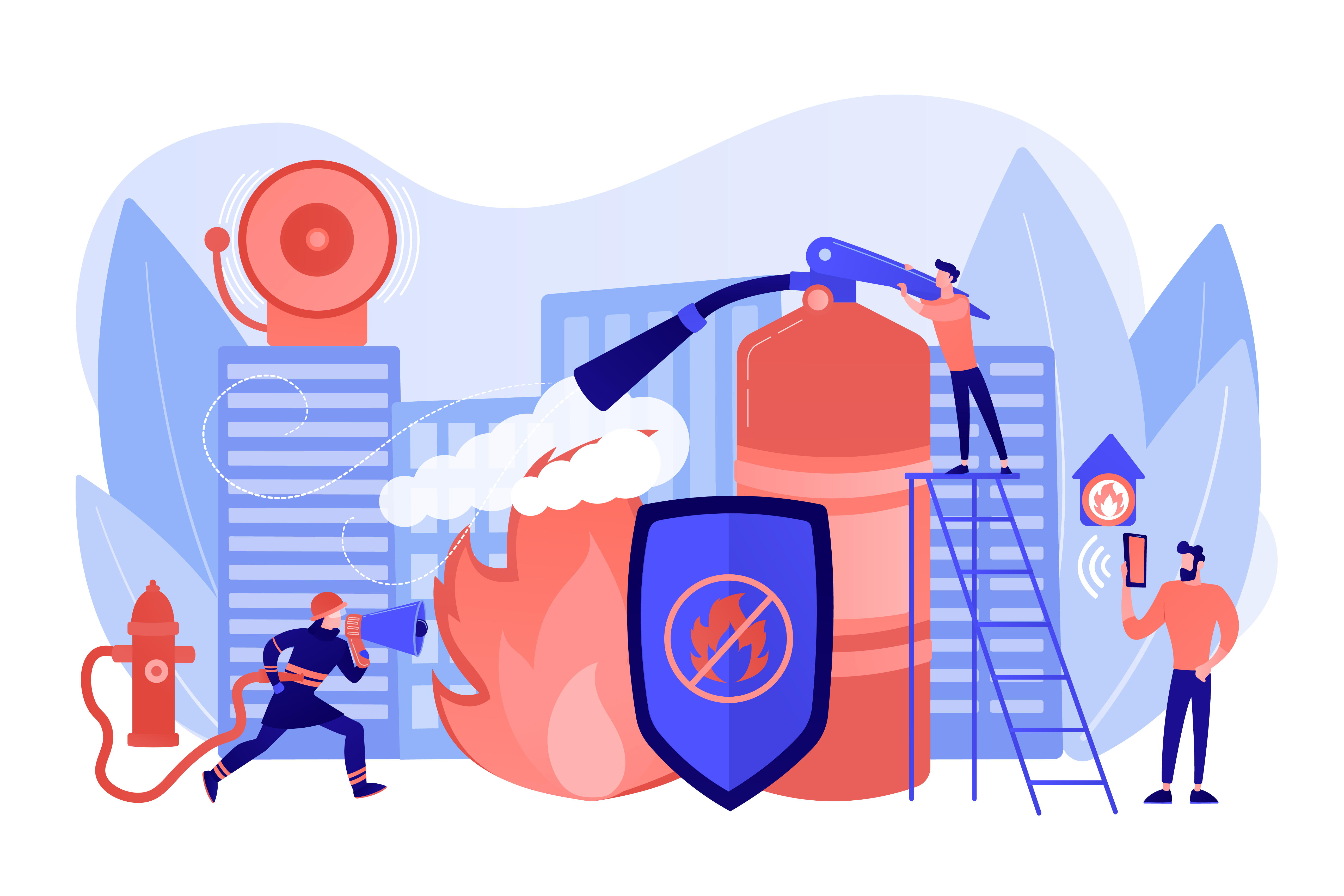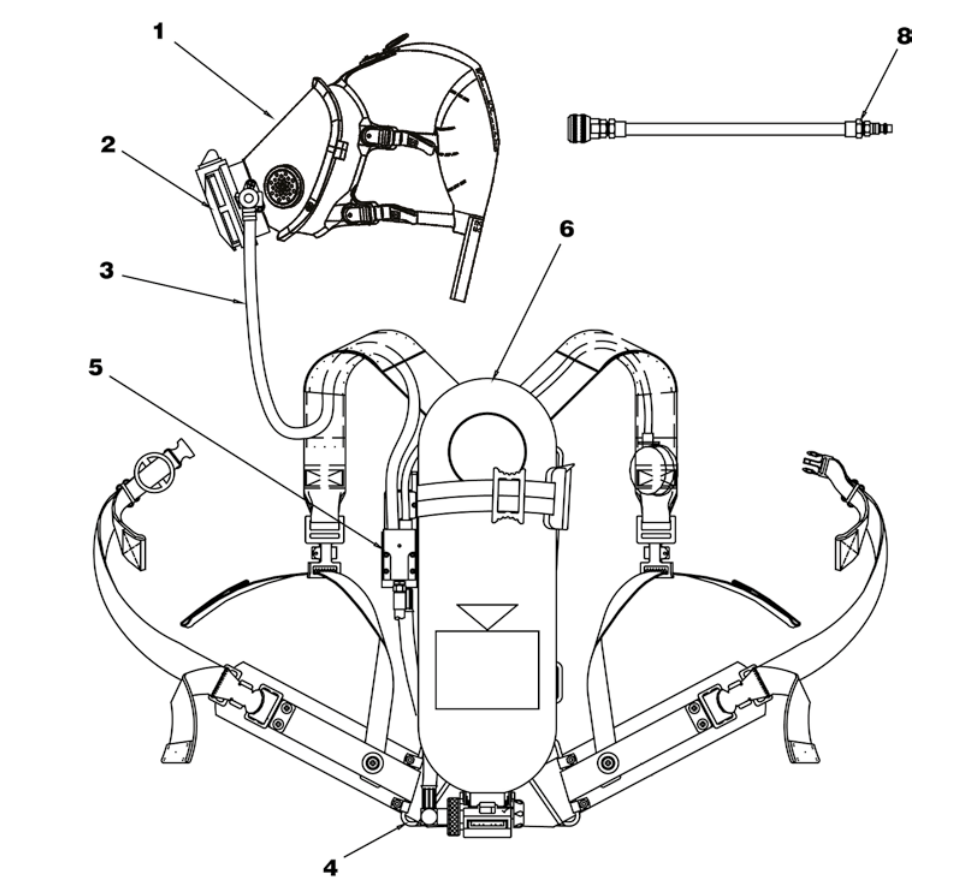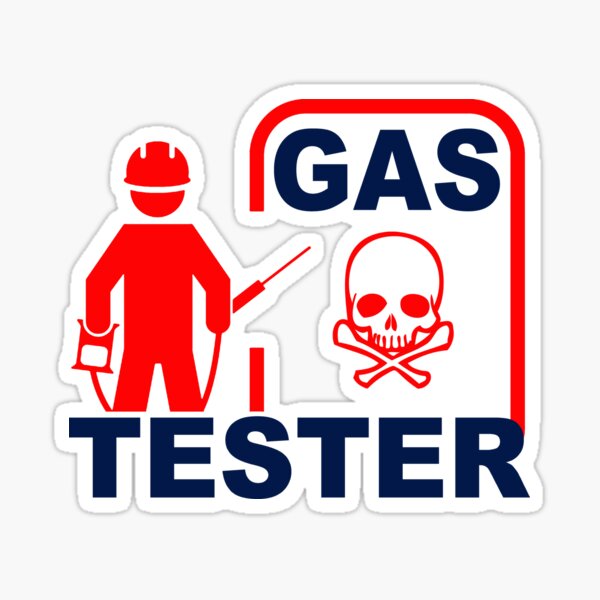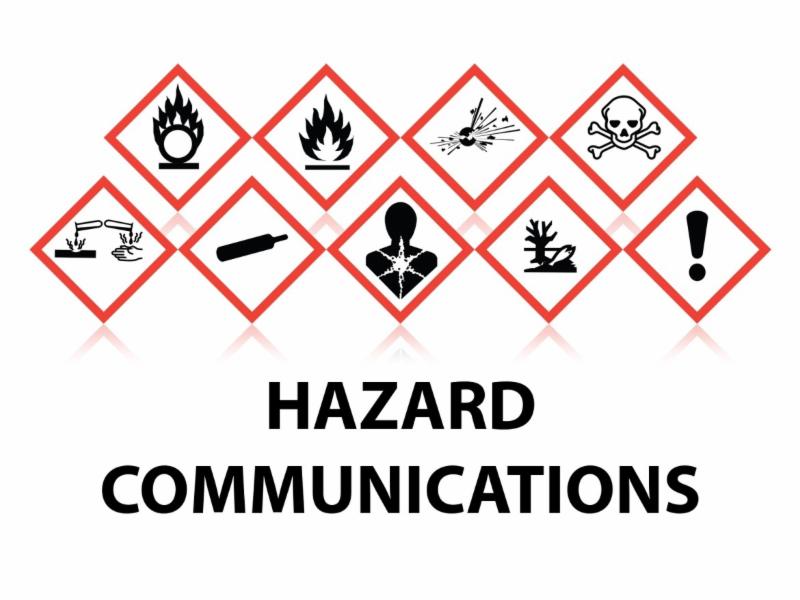
Third Party Training
Basic Fire Fighting
Basic Fire Fighting standard identifies the minimum job performance requirements for career and volunteer fire fighters whose duties are primarily structural in nature and the purpose of this standard shall be to ensure that persons meeting the requirements of this standard who are engaged in firefighting are qualified. Continuous training and firefighting education is essential for new personnel and keeps veteran firefighting skills fresh. The fundamental skills covered in basic training ensure proper, safe execution of firefighting operations.
First Aid (CPR & AED)
In any workplace health and safety issues happen any time. To overcome these issues employers try to provide safe workplace, safe environment, safe working procedures and trainings to their employees at their best. Above all, injuries happen and medical issues arise all the time. Sometime it is because of negligence of rules, non-experienced employees, overconfidence, family history or ill-health. So, employers can’t make a system that would be fool proof for health & safety issues. Of course we can prevent the injuries by following safe working procedures, still people get injuries or illness at any time in the workplace. If immediate attention is not paid on them these injuries could be fatal and vice versa we can save the lives.
H2s and SCBA Awareness
Hydrogen Sulphide meeting the requirements of this standard who are engaged in Hydrogen Sulphide – H2S operations is qualified. Continuous training and Hydrogen Sulphide awareness is essential for new personnel and keeps veteran skills fresh. The fundamental skills covered in basic training ensure proper, safe execution of Hydrogen Sulphide operations.
Scaffolding Erector
A Scaffolding Erector plays a crucial role in ensuring the safety and efficiency of construction projects. Responsible for overseeing the erection, modification, and dismantling of scaffolding structures, they meticulously inspect each element to ensure compliance with safety regulations and standards. With a keen eye for detail, they assess scaffolding stability, load-bearing capacity, and adherence to engineering specifications.
Authorize Gas Tester
An Authorized Gas Tester (AGT) plays a critical role in ensuring workplace safety in environments where gases pose potential hazards. Trained to assess and monitor gas levels in confined spaces, hazardous atmospheres, or areas where gas leaks are possible, an AGT possesses the expertise to identify, analyze, and mitigate gas-related risks effectively. Their responsibilities include conducting atmospheric testing using specialized equipment, interpreting gas concentration readings, and implementing necessary safety measures to protect workers and prevent accidents.
Hazard Communication (HAZCOM)
Hazard Communication (HAZCOM) is a vital aspect of workplace safety, focusing on the identification, labeling, and communication of chemical hazards to ensure the protection of workers. This comprehensive program aims to inform employees about the potential risks associated with hazardous chemicals in the workplace and to provide them with the necessary knowledge and skills to handle these substances safely.
ENVIRONMENT FRIEND TRAINING CENTER (EFTC)
Welcome to ENVIRONMENT FRIEND TRAINING CENTER – Your No. 1 Training Center in Dammam for Comprehensive Safety Training!
Are you searching for the best training center in Dammam that excels in safety training, including confined space training? Look no further! We take pride in being the leading training center in Dammam, offering top-notch safety training services throughout Saudi Arabia.

- Safety Training: We specialize in providing high-quality safety training programs tailored to meet industry standards. Our focus on safety encompasses various aspects, including confined space training.
- Best Training Center: As the best training center in Dammam, our commitment to excellence is unwavering. Our training programs are designed to exceed expectations, ensuring a comprehensive and hands-on learning experience.
gf
For more detail contact us sales@eftcsaudi.com
For more detail contact us sales@eftcsaudi.com
Copyright © 2024 EFFTC. All rights reserved.







